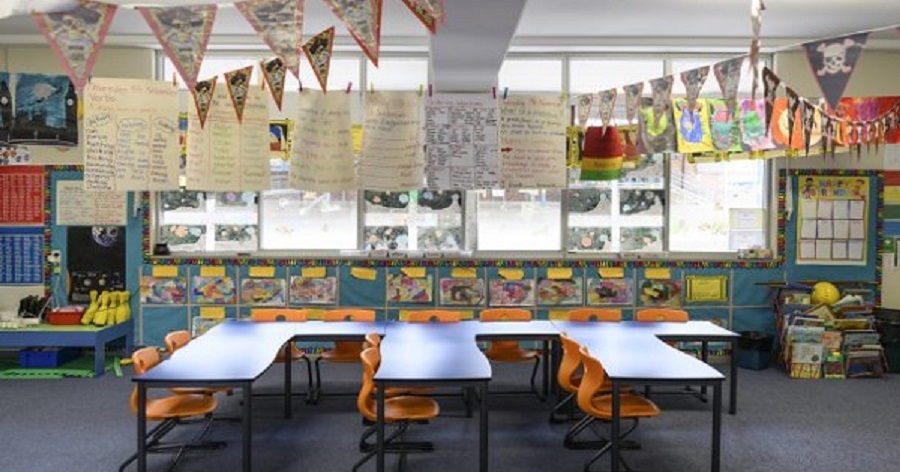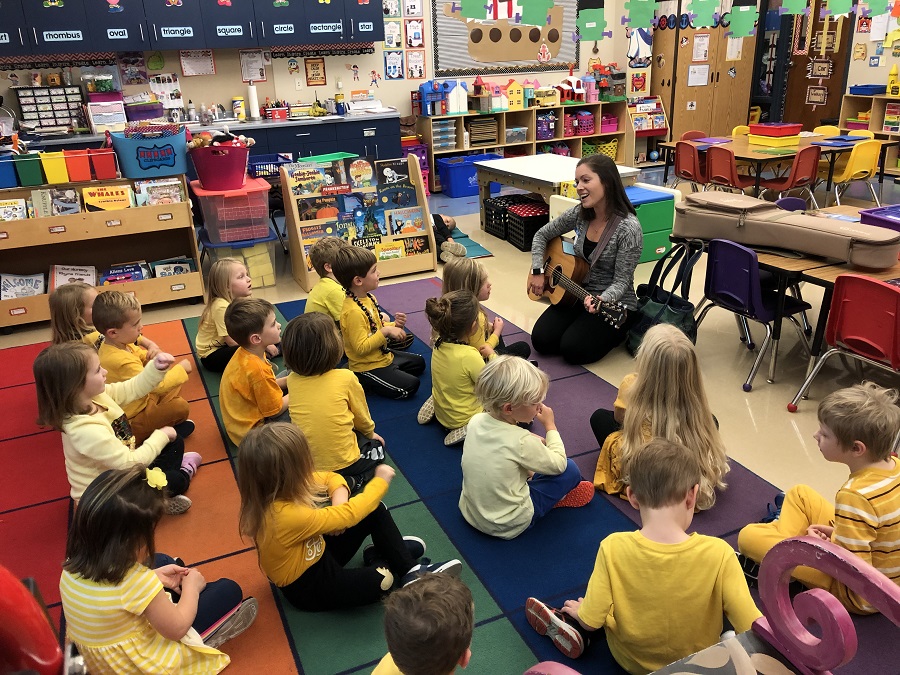In 1983, Howard Gardner introduced the world to his theory of multiple intelligences.
He stated that intelligence manifests through different modes of expression and can be broken down into different categories. This became an invaluable concept to teachers as it brought to light the idea that children learn in different ways, and that accommodating for those differences can lead to higher rates of success in content comprehension. Below we will be reviewing the top ten ways to engage your students in class by building inclusive lesson plans that provide options for the many different ways student learn.
10. Visual Aides

Maps, charts, and other visual aids help those children who are strongest in visual-spatial intelligence. These children do well with interpreting charts and maps, as well as exceed in tasks that offer videos or requires recognizing patterns.
9. Writing Components
Students who might be considered eloquent, or good with words would do best with activities that engage linguistic or verbal intelligence. These children shine when given the chance to write essays or short creative stories, or evaluate readings and assigned text.
8. Offer problem-solving opportunities
Logical-mathematical intelligence in children manifests as the desire to think about abstract ideas, work with numbers, or problem-solving activities. Analyzing issues and considering the relationships between concepts is a great way to engage this type of student.
7. Let them get up and move around!
Some students have excellent hand-eye coordination and remember things better when they act them out physically, then by traditional teaching means such as reading and lecture. To incorporate this body-kinesthetic intelligence, consider letting the students act out a play or an important event in history.
6. Music

There are people who learn best through song and rhythm. If you recognize that there are students like this in your classroom, offer them a variety of instruments and the opportunity to show their learning comprehension through creating their own song or jingle.
5. Groups
Group work is an invaluable resource in the classroom. When students combine brain power, they are able to grasp a concept by seeing through another student’s eyes. Consider grouping desks together for projects or experiments.
4. Introspective Work
While some students do well when given the opportunity to engage with others, there are some students that work best on their own. Give these students the chance for self-reflection in weekly journal entries to help them comprehend difficult lessons.
3. Relate to Nature

Relating material to natural processes can be beneficial to the student who has a naturalistic intelligence. If these students refer concepts back to nature, biological processes, or even animals, then these students will do well with activities and outdoor tools that facilitate working on these topics.
2. Let them lead
Some students were born to be teachers themselves. Studies have shown that teaching someone else a concept increases the ability for retention by ninety percent. Allow the students opportunities to lead class discussions and help others in the classroom.
1. Language
Not all students are operating on the same level of English language comprehension. Many students are English-language learners and have a native language that is not English. Make sure to get to know your students to make sure that every understands all instructions, reading, and writing. Be willing to have back-up assignments and aides for translating.
When diving into new material with your students, it is critical that time is spent before the class planning lessons and devising ways for these young minds to retain all this new knowledge. Incorporating a variety of activities such as these top 10 ways to engage students in class is a surefire to help your students succeed!
by Catalogs.com Info Guru Lauren DeJesus-Glasgow

